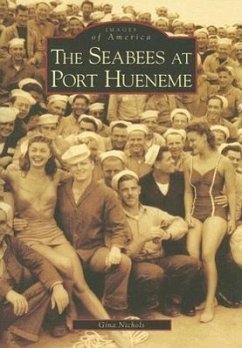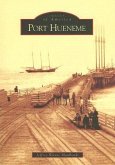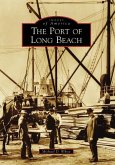In 1942, the navy sought a location for an advance base on the West Coast to ship construction materiel, equipment, and men into World War IIas Pacific theater. Port Huenemeas deepwater harbor, rail system, and rural setting made it the ideal site from which to send 20 million measurement tons of war materiel and a quarter of a million men onto island specks that later became headlines: Guadalcanal, Tarawa, Iwo Jima, Okinawa, and the Philippines. Seabees later deployed from Port Hueneme to serve in the Korean, Vietnam, Desert Shield/Desert Storm, and Iraqi conflicts, as well as in peacetime, for more than 60 years. Charged with building air bases, ports, combat camps, hospitals, and other support facilities as part of military and humanitarian efforts around the world, the Seabees remain at home in Port Hueneme.
Hinweis: Dieser Artikel kann nur an eine deutsche Lieferadresse ausgeliefert werden.
Hinweis: Dieser Artikel kann nur an eine deutsche Lieferadresse ausgeliefert werden.








